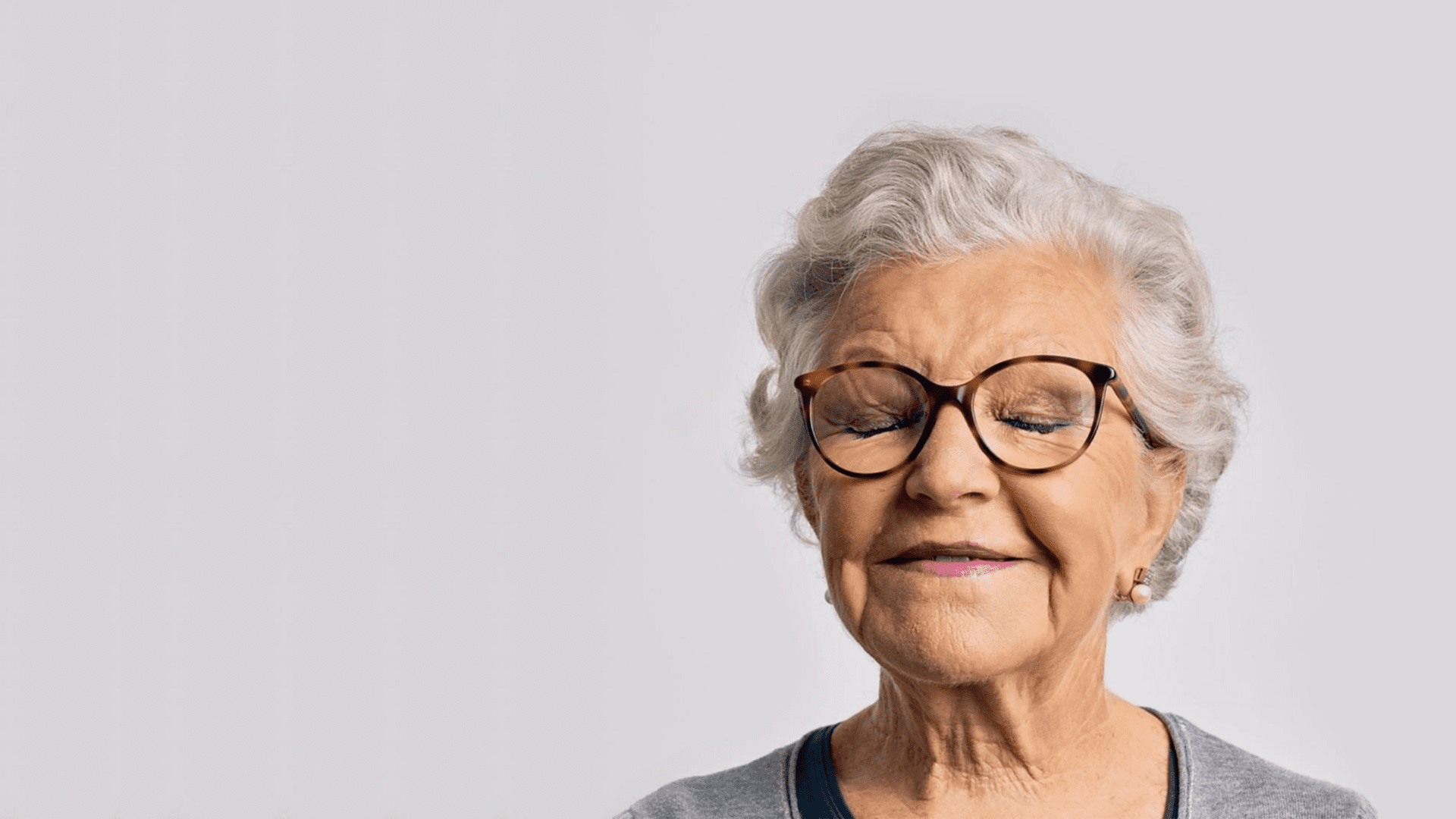Piavita brings the veterinary industry into the digital age. We asked co-founder Dorina Thiess how Piavita’s vital sign measuring device helps veterinarians save time and enables new insights, and Piavita’s growing ties to the US.
What question do you get asked most by investors?
“Is the horse market large enough?” I get this often and it doesn’t cease to make me smile. The equine industry has an annual global economic impact of USD 300 billion USD, and that creates a magic aha-moment. It had the same effect on me when I first researched the numbers about our industry, they really are astonishing. And because the market is that large, it allows us to focus.
Before you co-founded Piavita in 2016, did you have anything to do with horses?
I used to ride, but I didn’t have any experience with clinical work. Later, when I saw what the daily routine of equine veterinarians still looks like, it dawned on me that horse care is ripe for innovation.
You had prior exposure to the startup world though, as a director of the center for entrepreneurship at the University of St. Gallen. Did this experience motivate you to found your own company?
Before St. Gallen, while I studied at TU Munich, I already worked as an intern for several startups. But it wasn’t an obvious career path for me back then. In St. Gallen, I helped students build their startups. It’s good to discover how rewarding entrepreneurship can be. But for me, the seminal moment was when Sascha, my co-founder, showed me the technology he developed. That got the ball rolling.
Let’s talk about the development of Piavita as a company. What are milestones you’ve achieved so far?
In 2017, we first held the minimum viable product in our hands. Then we developed it further based on the feedback we got from clinics. Finally, mass production started in the spring of 2018. Even now, we’re constantly gathering new ideas from clients and incorporate them into the analytics software. Before Piavita, the veterinarians had no idea about the well-being of their patients when they were not with them. That meant lots of traveling for practitioners and high staffing needs clinics. We can take out hours of manual monitoring work and travel there. On top of that, we have a wealth of data to analyze and to use for AI tools. We measured over 2 billion data points already. This is made possible by the continuous monitoring our device is capable of and also means that we have plenty of potential to work on reducing the efforts of various diagnosis processes that can be automated now.
The way you combine sensor hardware and analytics software is key to your business model. Saving time is one thing, but your product also enables completely new approaches in horse care. Can you give us an example?
A big topic are pre-purchase inspections of horses. Every time a horse is sold, a vet takes a close look at the animal, to gauge its potential in sports and its fitness level. The valuation and the selling price of the horse depend on a verdict that is based on a stethoscope, a thermometer and the vet’s experience. It’s crazy when you think about how imprecise and subjective this approach is. If a vet fails to spot, say, a heart condition, this can create serious problems after the sale. With our measuring device, detailed and objective test results are made available. They can protect both buyer and seller from such unwelcome surprises.
As you explained, vets now have the possibility to measure vital signs continuously over a longer period of time, which wasn’t possible before. What can such measurements be used for?
A promising field that will be fundamentally changed is drug development. It’s one of the projects we’re working on with our partner UC Davis, the leading faculty for equine veterinarians worldwide. A large amount of data gathered over days, weeks and months of observation helps to evaluate the effect of drugs with a lot more precision. Continuous monitoring with our device can also help veterinary medicine progress, for example with the observation of the long term course of infections. And then there is the large use case of improving horse training. The effects of different training sessions can now be assessed with unrivaled accuracy.
Was it difficult for a small company like Piavita to approach a venerable institution like UC Davis?
I’m amazed how open clinics in the USA are in general. Their feedback was overwhelming. It felt like we were preaching to the converted. When we presented our product many said “finally someone got this right” or “now we have a solution for costly nighttime monitoring”. With UC Davis we’re working on different projects and cooperate closely with them. They were willing to pay for our devices because they immediately realized the savings they could achieve.
I’m amazed how open clinics in the USA are in general. Their feedback was overwhelming.
How do you want to approach the important US market?
We’ve received very encouraging signals from the US, a lot of interest and pre-orders. Now we want to deliver on this promise and transform it into sales. A thing that should help us is that veterinarians are a very well-connected profession. We can get referrals if we increase awareness of our product. Our vision is that Piavita establishes a new standard in veterinary medicine. While the US will become an important sales location, product development and production will still be based in Switzerland. That’s because the “Made in Switzerland” label is a convincing argument. In Berlin, our third location, we’ll work on user experience, data intelligence, and customer support.
For your current funding round, you’ve convinced True Ventures again, a renowned Silicon Valley VC, to invest a sizeable sum. How is the experience with the US investor so far?
There is this rule that you should talk to other startups about their experience before you sit down with a VC. So that’s what we did. Everybody we asked said we should absolutely go for True Ventures. I found it a bit weird that we did not hear the slightest negative thing, but now I understand why. The network among True Venture startups, the support from experts, and the close and honest relations are unique. We receive a lot of support from True and Toni Schneider. He is always responsive if we have some questions.
How hard is it for a European startup to raise money in the US?
Apparently, in general it is still quite frustrating. This is surprising insofar as a big topic in Silicon Valley is the eagerness of US VCs to open up to the world and invest more in Europe and Asia. But in the end, many VCs still hesitate to take the plunge. But Swiss companies are well received in the US. We’ve met with quite a few VCs who were interested. Some even told us they’d like to invest but that this round was too small for them.
What about markets apart from the US and Europe?
We’ve already received requests from the Middle East as well, but because of the respective market size, we want to focus on Europe and the US first, where all the opinion leaders in the field are based. Many horses that are sold to the Middle East are bred and raised in the UK and then exported so we already built up initial relations. However, the sales cycles, however, are longer and the market mechanisms very different, so we’ll take it one step after the other.

Written by
WITH US, YOU CANCO-INVEST IN DEEP TECH STARTUPS

Verve's investor network
With annual investments of EUR 60-70 mio, we belong to the top 10% most active startup investors in Europe. We therefore get you into competitive financing rounds alongside other world-class venture capital funds.
We empower you to build your individual portfolio.
More News
25.08.2022
“Elderly care is too important a problem not to be solved”
Startup marta recently announced a EUR 6.6 million Seed round. The company uses technology to make live-in care a better experience for families and caregivers. In this interview, co-founder Jan Hoffmann explains how marta is able to do a much better job than traditional placement agencies.
24.08.2022
Live-in care startup marta secures €6.6m in Seed funding
Startup marta secures €6.6m in Seed funding to revolutionize the elderly care sector. marta is changing the way elderly care is offered.
01.03.2020
“Buyers don’t care about your fancy technology”
What is a typical exit? How can a founder maximize the exit value of his company? Is it good to have a strategic investor as a young startup? In this interview, Jon Roberts from the M&A boutique Menalto Advisors answers the questions a startup should ask about exits.
Startups,Innovation andVenture Capital
Sign up to receive our weekly newsletter and learn about investing in technologies that are changing the world.




